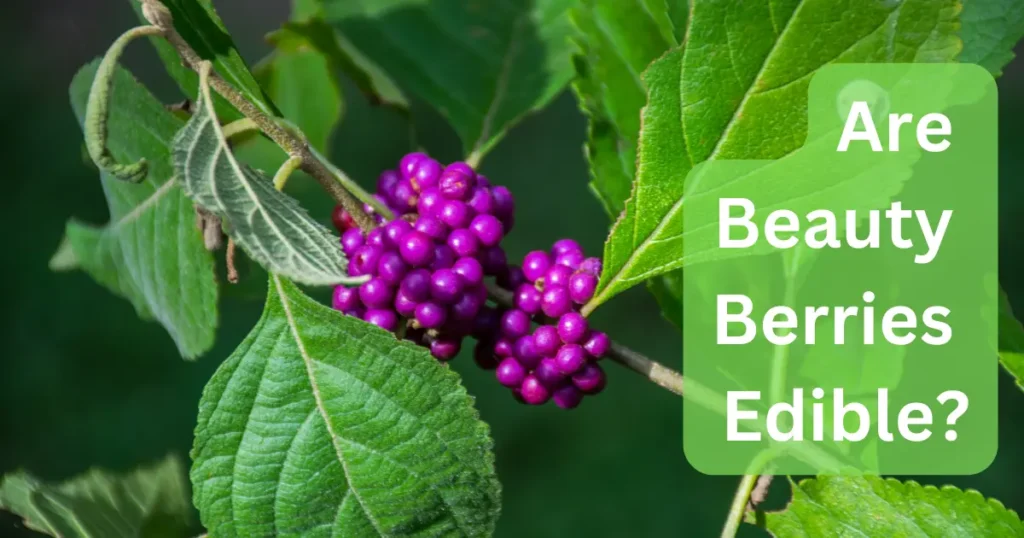Beauty berries fascinate with their striking appearance, yet questions persist about their safety for consumption. These vibrant, purple to magenta-hued berries, belonging to the Callicarpa genus, lend an enchanting touch to landscapes. But the pressing inquiry remains – are these visually appealing berries safe to eat? Let’s embark on an informative journey into the world of beauty berries, exploring their edibility, nutritional aspects, potential benefits, precautions, and culinary applications.
Insights into Beauty Berries
Beauty berries, scientifically known as Callicarpa, are native to the southeastern United States. Celebrated for their vibrant colors, these berries often grace gardens or natural habitats. Despite their ornamental value, their suitability for consumption has remained a subject of debate among enthusiasts.
Assessing the Edibility: Are Beauty Berries Safe to Eat?
The crux of the matter surrounding beauty berries revolves around their edibility. While some individuals assert having safely consumed them, the consensus regarding their safety remains uncertain.
Safety Assessment and Taste Profile
Beauty berries are generally considered non-toxic, but taste might not reliably indicate their safety, especially with wild berries. Some describe them as mildly sweet with a hint of bitterness, but individual reactions can vary significantly.
Potential Risks and Precautions
- Allergic Reactions: Those with plant allergies or sensitivities should exercise caution due to the potential for allergic reactions.
- Digestive Upset: Overconsumption of unfamiliar foods, such as beauty berries, might lead to stomach discomfort or mild gastrointestinal issues.
- Pesticides and Contaminants: Berries growing in areas exposed to pesticides or pollutants pose contamination risks. Thoroughly washing foraged berries is crucial before consumption.
Nutritional Value of Beauty Berries
Despite the debate on their edibility, beauty berries are believed to contain antioxidants, particularly anthocyanins, responsible for their vibrant colors. Additionally, they might offer moderate amounts of vitamins (like vitamin C) and minerals.
Exploring Culinary Possibilities
Despite uncertainties, some experiment with beauty berries in culinary creations. They’ve been used to make jellies, jams, and infused beverages. However, it’s vital to exercise caution and conduct small-scale tests for adverse reactions before widespread use.
The Final Verdict
In conclusion, the safety of consuming beauty berries lacks a definitive answer. While not highly toxic, their consumption should be approached cautiously due to limited scientific evidence and varying individual reactions.
Guidelines for Trying Beauty Berries:
- Start Small: Sample a small quantity to assess personal reactions.
- Seek Expert Advice: Consulting botanists, foraging experts, or healthcare professionals can provide valuable insights.
- Exercise Caution: Until concrete evidence emerges, proceed with prudence and awareness of potential risks.
Closing Thoughts
Beauty berries allure with their captivating appearance, yet their suitability for consumption remains a topic of caution and debate. As nature’s offerings intertwine beauty and complexity, the decision to taste beauty berries is a personal one, requiring careful consideration and an understanding of potential risks.
In summary, the question “Are beauty berries edible?” remains unanswered definitively, urging exploration with care, curiosity, and a balanced dose of adventurous spirit.



